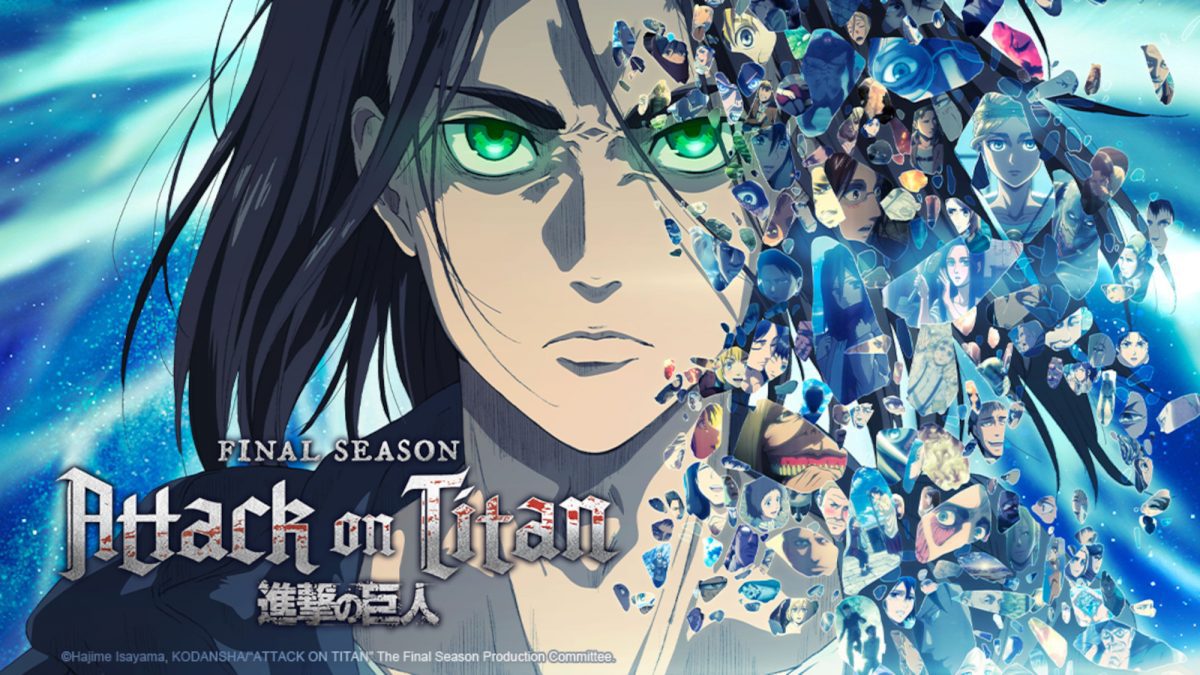NHK company, an abbreviation for Nippon Hoso Kyokai (translating to Japan Broadcasting Company), is a Japanese media broadcaster also known for being the first broadcaster in the world to broadcast television in 8k high definition. Anime fans would recognize the company from credit scenes of much popular anime, but they also telecast news programs, variety shows, and movies. The Japanese Broadcasting Act has established NHK as a dependent company primarily funded by license fees.
The company is such an integral part of Japan’s media culture that the Japanese government even funds NHK World broadcasting (for international viewers/listeners). NHK has an umbrella of other NHK telecasting services, including radio shows. Since NHK is such a big part of Japanese television, you might be interested in this article about some top 10 anime broadcasted by NHK. The following list is one of the most famous anime cast by the company.
1. Attack On Titan
Attack on Titan is probably one of the most popular anime that can compete with many big franchises like Pokemon, Dragon Ball Z, and Naruto. Attack on Titan has garnered positive praise and has a large, active, and global fan base. Its dark themes, well-written story, and layered characters have been appraised all over the internet throughout its years of production.

It was the first broadcast by NHK General TV in Japan and Aniplus Asia in several Asian countries. The series is still running strong with the third part of its final season announced and is available on many services like Crunchyroll, Funimation, Netflix, Amazon Prime Video, and Hulu.
2. Cardcaptor Sakura
Cardcaptor Sakura remains a part of nostalgia in many people’s lives as an easy watch to complete your day. No one can forget Sakura or her small flying tiger-like creature with wings named Kero. Cardcaptor Sakura is a magical girl series created by CLAMP, a well-known all-female artist collective.
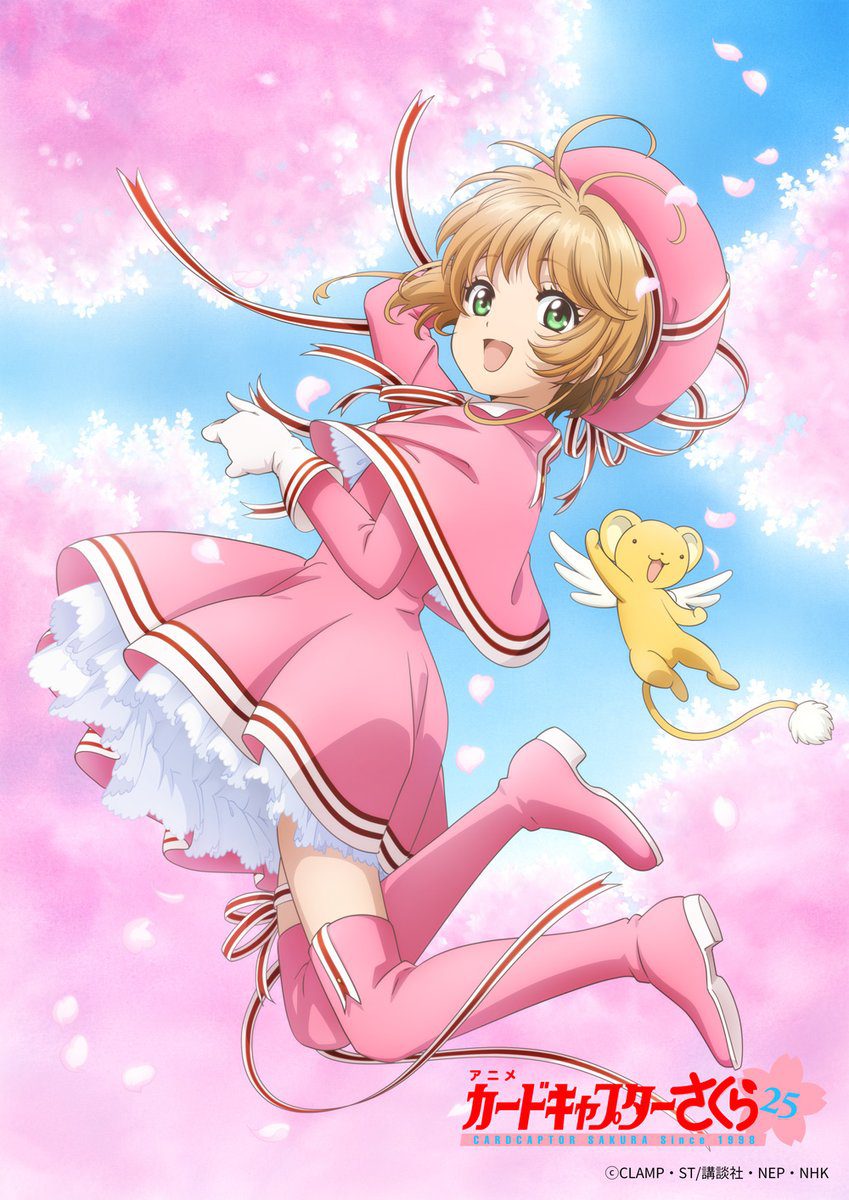
Morio Asaka has directed the anime version of the series, and Madhouse is the studio behind its animation. Kumiko Takahashi was the series’ character designer and primary animation director. It first aired on NHK on April 1, 1998, and ran until March 21, 2000. CLAMP was heavily involved in the production, with chief writer Nanase Okawa authoring and composing the screenplay for the series.
3. Gakuen Alice
Gakuen Alice is a heartwarming comedy about a girl named Mikan and her friends’ adventures in Alice Academy – a mysterious and unique school. The plot follows Mikan and her friends attempting to unravel the mysteries surrounding the problematic, fire-wielding pupil Natsume Hyuuga. Tachibana Higuchi wrote and illustrated the manga series from 2003 to 2013 in the shojo manga magazine Hana to Yume.
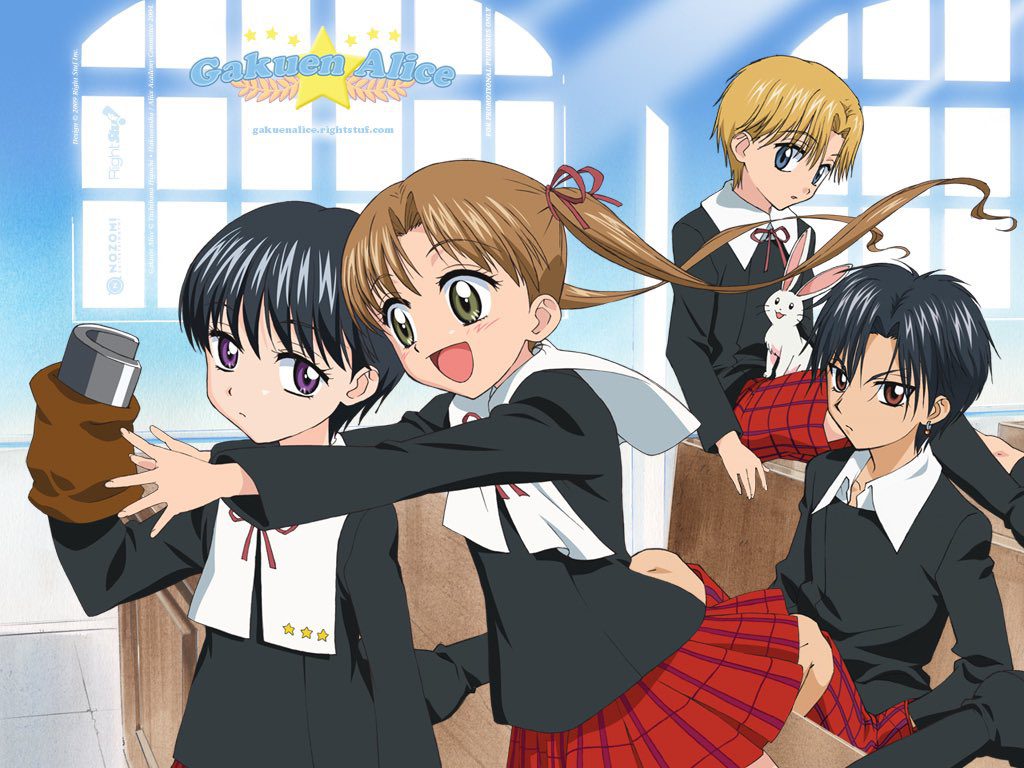
It was converted into an anime series by Aniplex and Group TAC, which debuted on NHK BS-2 in Japan. It lasted for twenty-six episodes, airing from October 30, 2004, to May 14, 2005. Animax, an anime television network, translated and dubbed the anime into English and broadcasted it on networks all around Asia.
4. The Legend of Zorro
The Legend of Zorro or Kaiketsu Zorro is an Italian-Japanese anime series based on the western character developed by Johnston McCulley. The story of Diego, a young man, is told in Kaiketsu Zorro. Diego was born into a middle-class family and one day vows to help the disadvantaged by putting an end to his country’s military abuses. He adopts the vigilante identity of Zorro and wears a black mask and cape to hide his identity.

It was made with the collaboration of Japanese studios Ashi Productions and Toho and Italian distributor Mondo TV. In Japan, NHK broadcasted the series. Although 52 episodes were made, only 46 were televised in Japan. The series gained a lot of traction in Europe, especially in Portugal and Spain.
5. Welcome to Demon School! Iruma Kun
The plot follows Iruma Suzuki, a 14-year-old human kid whose lazy, greedy, and uncaring parents sell him to a demon. Iruma is taken to the Demon World by the demon Sullivan, who adopts him as his grandson. He enrolls Iruma at the Babyls School for Demons, where he is the headmaster and where Iruma promptly befriends Alice Asmodeus and Clara Valac, two demons.
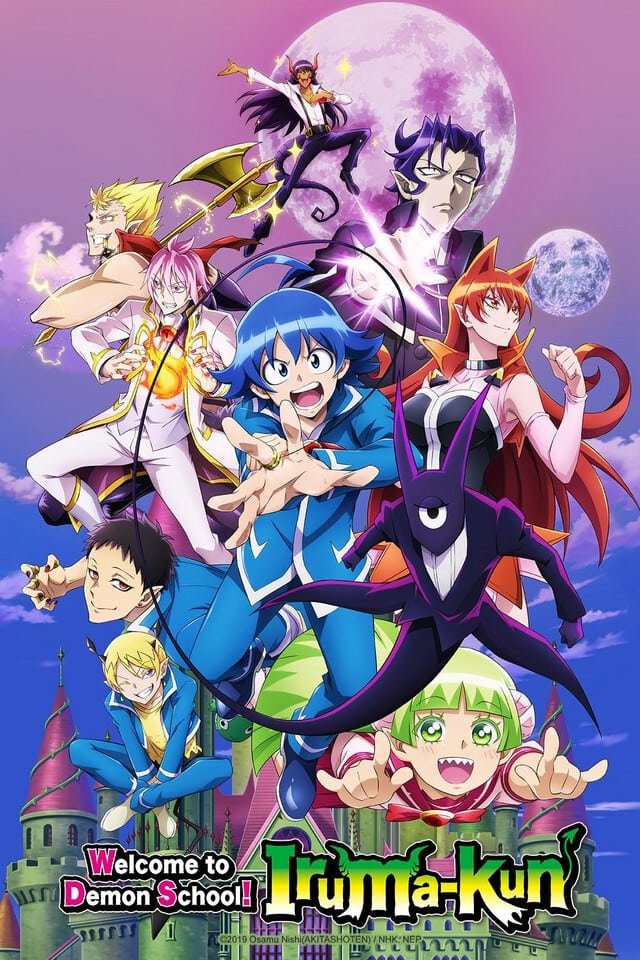
On the other hand, Sullivan warns Iruma not to betray his human status because if anyone finds out, he will be eaten. Iruma then swears to blend while he is in the demon world. He hardly succeeds, though, because he sticks out as a human, and a lot of events and adventures take place with that fact. Bandai Namco Pictures animated the 23-episode series, which Makoto Moriwaki directed. The production is credited to NHK and NHK Enterprises. The series was broadcast on NHK Educational TV from October 5, 2019, until March 7, 2020.
6. Nintama Rantaro
Nintama Rantaro is one of the longest-running anime shows of all time – a 29th series of the show is about to release soon. Fun fact – the original title had the word ‘Rakudai’ (translating to ‘failure’) in it. However, due to the fact that this was against the NHK Broadcasting Code, the name was altered, and the series was renamed Nintama Rantarou.

The term “nintama” is a combination of the words “ninja” and “tamago” (which means “egg,” and “nintama” means “egg of ninjas or future ninjas), and the name Rantarou is a reference to the original, as well as the name of one of the key characters. The plot is a comedic story about a little boy who goes to a special school to become a ninja. It first aired on NHK General TV from April 19, 1993, to March 19, 1994, and then on NHK Educational TV from April 19, 1994, to March 19, 1994.
7. Future Boy Conan
Future Boy Conan is a Japanese post-apocalyptic science fiction anime series that debuted across Japan on the NHK General TV channel between April 4 and October 31, 1978. The Incredible Tide, a novel by Alexander Key, is the inspiration for the series, and it has a total of 26 episodes. Our beloved Ghibli founder, Hayao Miyazaki, made his directorial debut with the series which was also NHK’s first animated series.
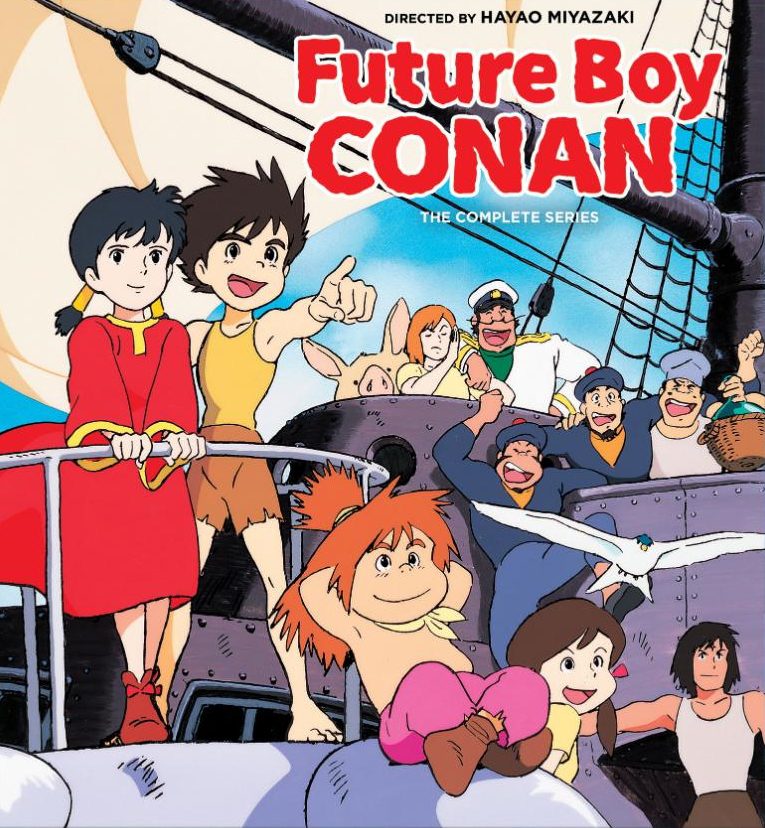
The series is a collaboration between Nippon Animation’s in-house animation team and OH! Production. Future Boy Conan is about or protagonist, Conan, who has superhuman strength in a world that is almost destroyed. His aim is to win back civilization and save his near ones.
Fun fact about the series – traditionally, television shows made for young boys were broadcast at 18:00, but because children and teenagers accounted for the majority of viewers during prime time, the series was moved to 19:30. The 19:30 Tuesday timeslot became a regular anime program block with the debut of this series.
8. Love Live!
Dengeki G’s Magazine of ASCII Media Works, the music label Lantis, and the anime studio Sunrise collaborated on Love Live!, a Japanese multimedia venture. The plot of the anime follows Honoka Kosaka, Eli Ayase, Kotori Minami, Umi Sonoda, Rin Hoshizora, Maki Nishikino, Nozomi Tojo, Hanayo Koizumi, and Nico Yazawa who are nine high school girls who establish an idol group called μ’s (pronounced ‘Muse’) to save their school, Otonokizaka High School, from closure.
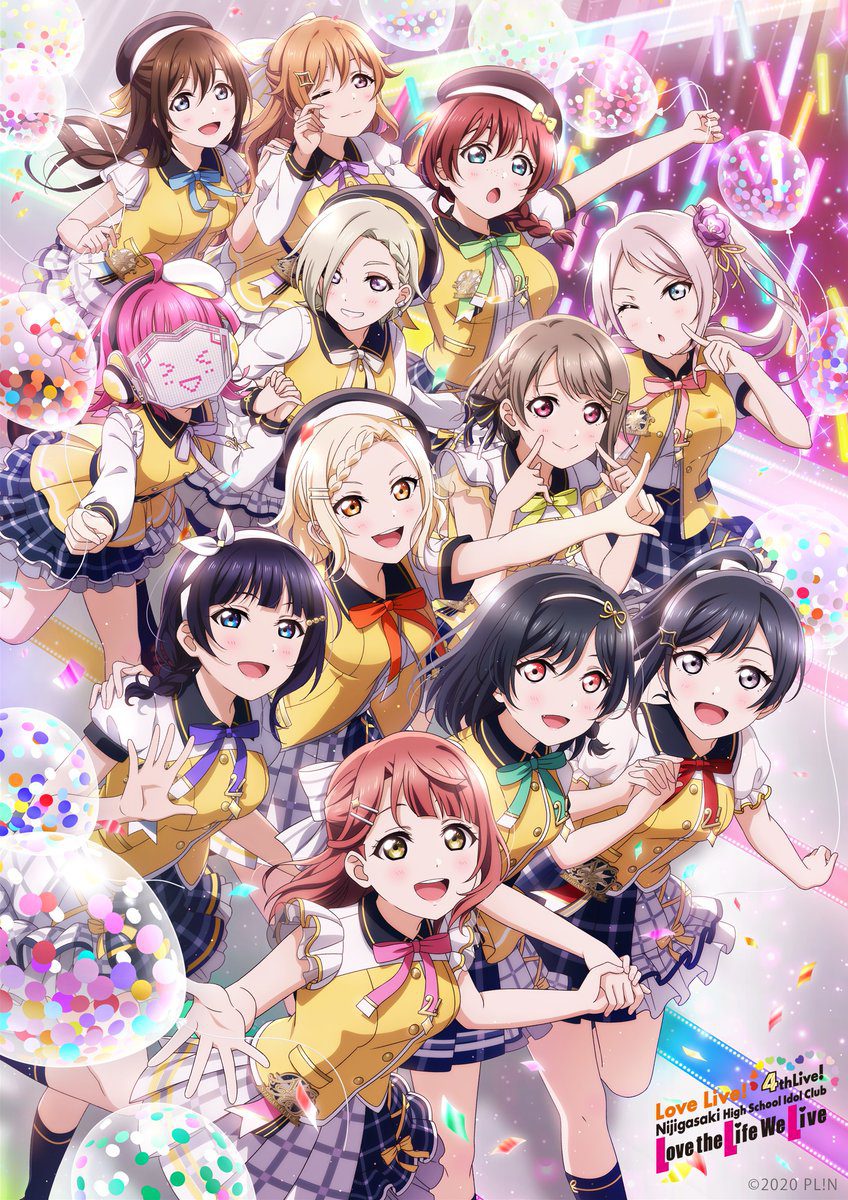
The 12-episode anime television series aired between July 11 and October 17, 202, by NHK Educational TV and was produced by Bandai Namco Filmworks, directed by Kyogoku, and written by Hanada.
9. Mobile Suit Gundam F91
The Gundam franchise has lots to offer, and Mobile Suit Gundam F91, the 1991 movie, is one of them. Yoshiyuki Tomino, the inventor of Gundam, attempted to start a new Gundam series 30 years after Char’s Counterattack. For the occasion, he reunited with character designer Yoshikazu Yasuhiko and mecha designer Kunio Okawara. On March 16, 1991, the movie was released in Japan for the first time.
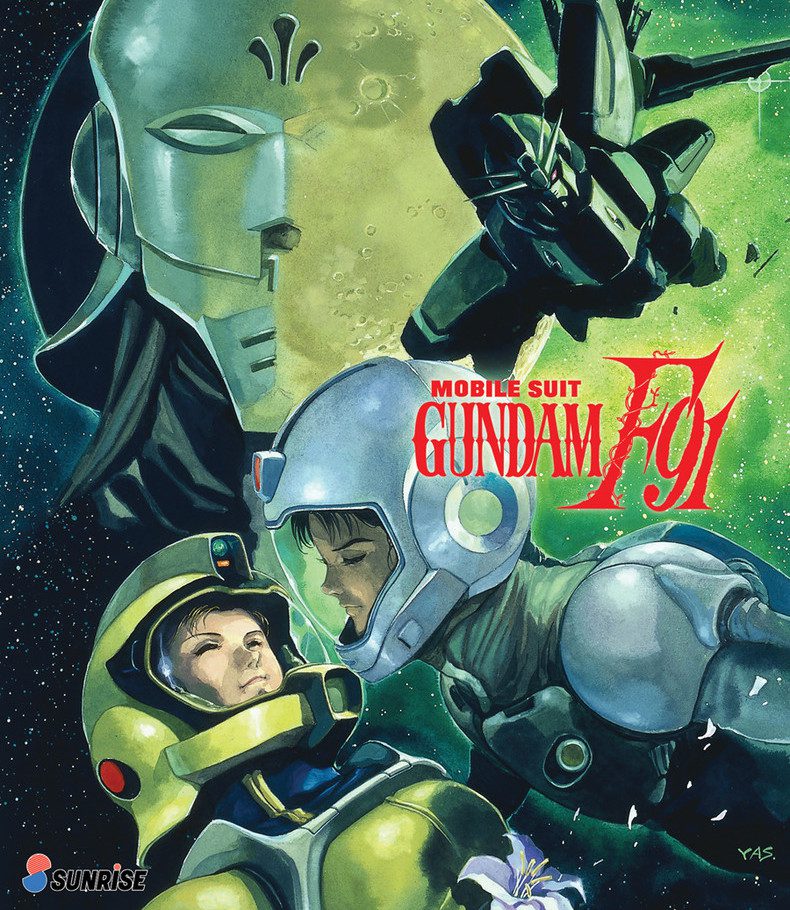
Gundam F91 was originally intended to be a full-length television series to commemorate the tenth anniversary of the Gundam franchise, but because of staff conflicts, the project was halted after the screenplays for the first thirteen episodes were completed. The outcome of the show was then determined to be reduced into a theatrical feature film.
10. Tweeny Witches
The series is directed by Yoshiharu Ashino and written by Shinji Obara, and is produced by Studio 4°C. The story concerns a young human girl who becomes stuck in a magical world full of witches, warlocks, and fairies and is inspired by Alice’s Adventures in Wonderland and Through the Looking-Glass.
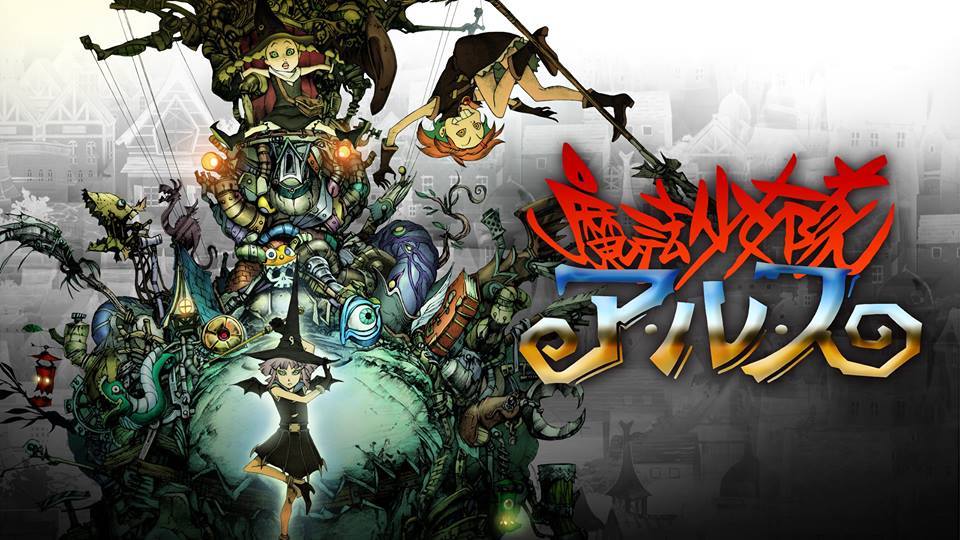
The series first aired on April 9, 2004, and ended on March 4, 2005, with a total of 40 episodes and a six-episode OVA released in 2007.NHK Educational TV was the first to broadcast the series. It was authorized for distribution in the United States by Media Blasters until 2012, and it was translated and dubbed into English by the anime television network Animax, who broadcast it on their different networks in Southeast Asia and other territories.
Also Read: Top 10 Anime-Inspired Cartoons That Got Popular

